Extension for Real Life
Description
Extension for Real Life is a product of the MSU Extension Service’s Office of Agricultural Communications.
That’s a long way of saying we are professional communicators who get to talk about food, families, 4-H, flowers, and farming for a living.
Blog content is created by a core team of communicators, including Susan Collins-Smith, Ellen Graves, Natasha Haynes, Qula Madkin, Michaela Parker, and Jonathan Parrish. But we get by with a lot of help from our friends in Ag Comm and Extension!
You can reach us at 662-325-2262 or extreallife@msstate.edu
-
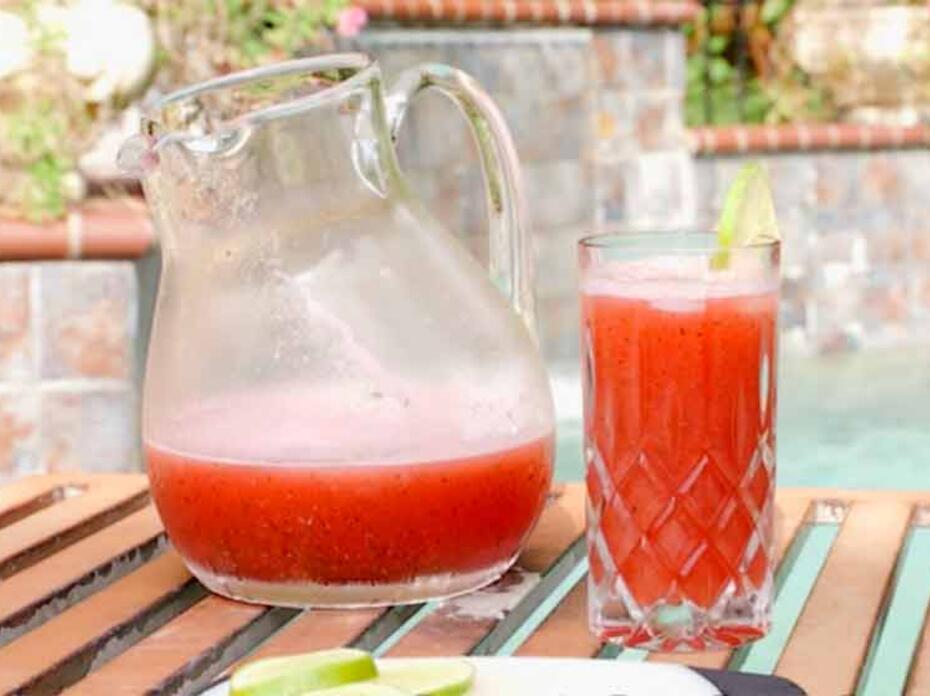
The Food Factor: Watermelon & Lime Punch
In Mississippi, the summer heat goes on forever. If you are ready for a break from the same old beverages, try this tasty and refreshing watermelon punch. You get the health benefits of fruit and hydration at the same time!
-
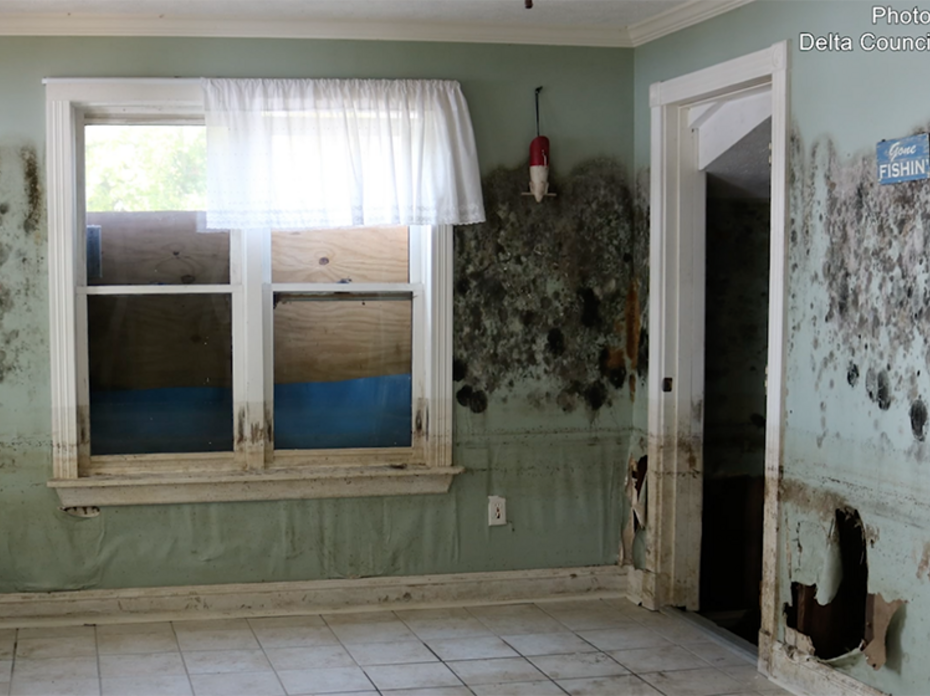
After a Flood: 4 Tips for Hiring Contractors
When you’re ready to hire a contractor to repair or rebuild property damaged by flooding, keep these tips in mind to help avoid being scammed.
-

After a Flood: How to Clean and Disinfect
Getting started on clean-up after a flood can seem overwhelming. Before you do any work, be sure you know what your insurance company needs to file a claim. Take photos and video of damage, inventory items damaged beyond repair, and keep track of expenses.
-
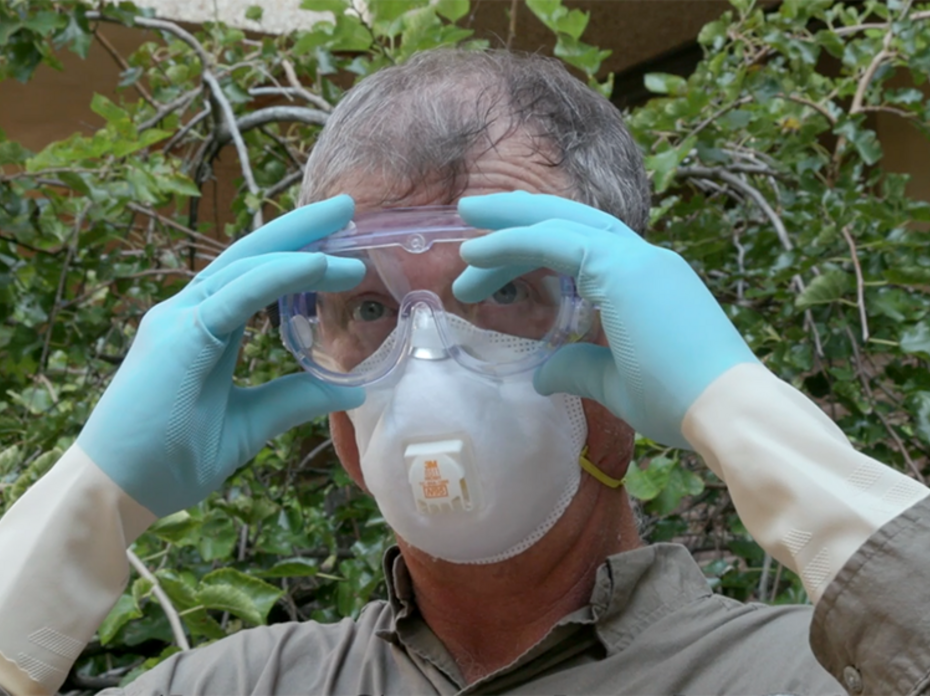
Flood Recovery: Safety Equipment
You’ve been waiting for months to clean up your flooded home, but before you start this daunting task, you need to purchase the appropriate safety equipment to wear. Mold and other toxins can pose a serious health threat inside a flooded home. By following the manufacturer’s instructions, safety gear can protect you from those dangers.
-
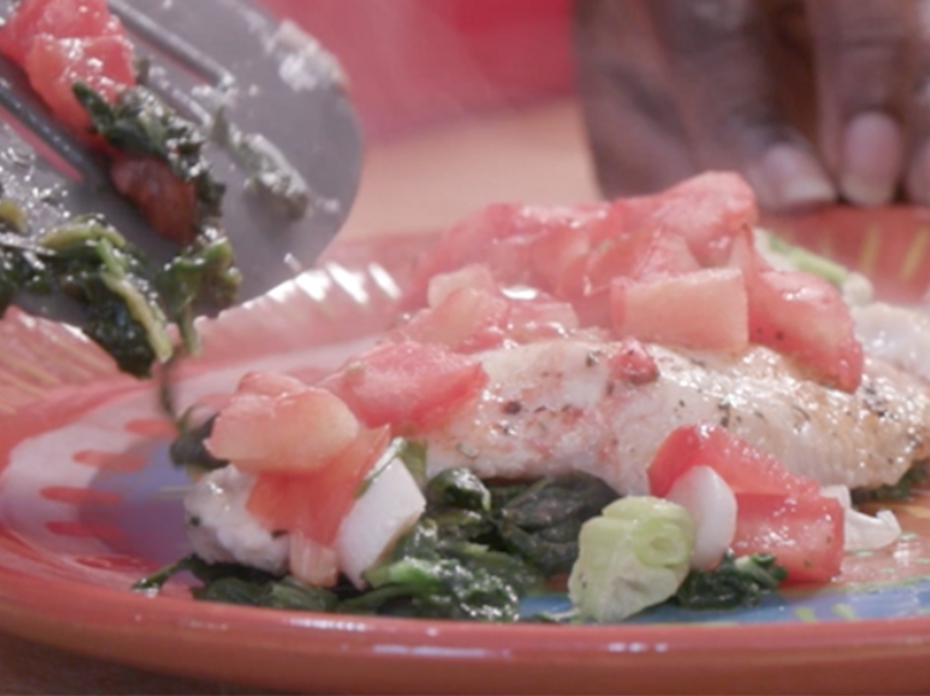
The Food Factor: Fish and Spinach Bake
August is National Catfish Month! There are many delicious ways to cook catfish, and this recipe helps you get those daily vegetable servings checked off your list. Support Mississippi’s catfish producers and buy locally raised catfish.
-
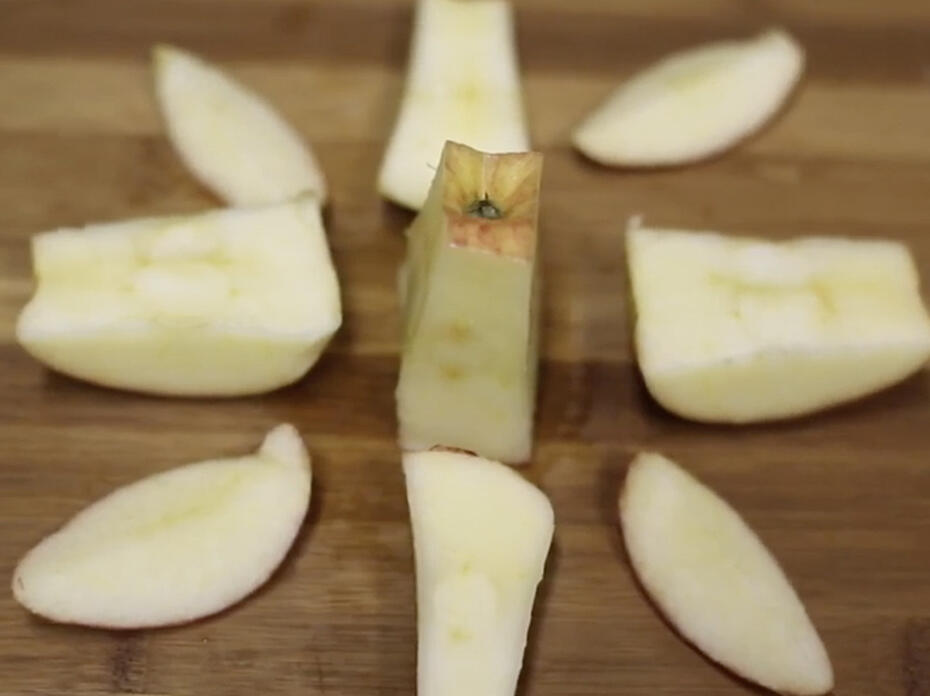
Quick and Healthy Snacks
As students and parents get back into the swing of school, it is time to start thinking about quick and easy snacks to refuel you or your kids throughout the day!
Today, I want to show you a quick and easy way to cut an apple!
-

The Food Factor: “Baked” Potatoes in the Slow Cooker
Who says you can’t have “baked potatoes” in the summertime?
I love baked potatoes, but I hate heating up the oven when the summer sun is sizzling. That’s when my slow cooker comes to the rescue! It’s fast and easy to wash, oil, and foil potatoes before work in the morning. Then, when I come home, I can add my healthy toppings and have a meal in no time.
-
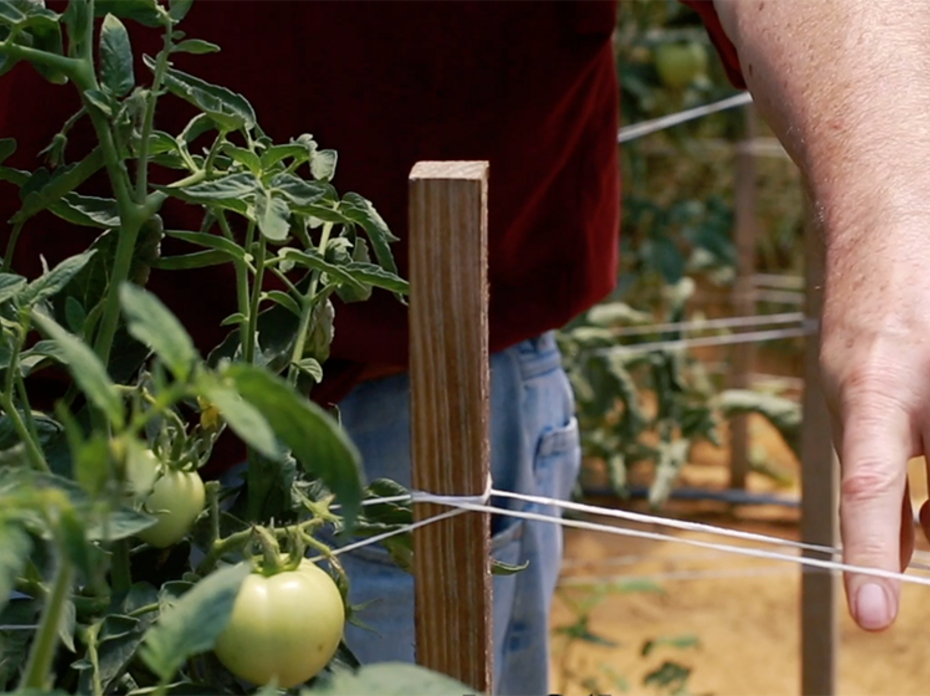
How to Stake Tomatoes
If you planted fall tomatoes, soon you’ll need to install a support system to keep the branches and fruit off the ground. There are three different systems for supporting tomatoes: staking, trellising, and caging.
-
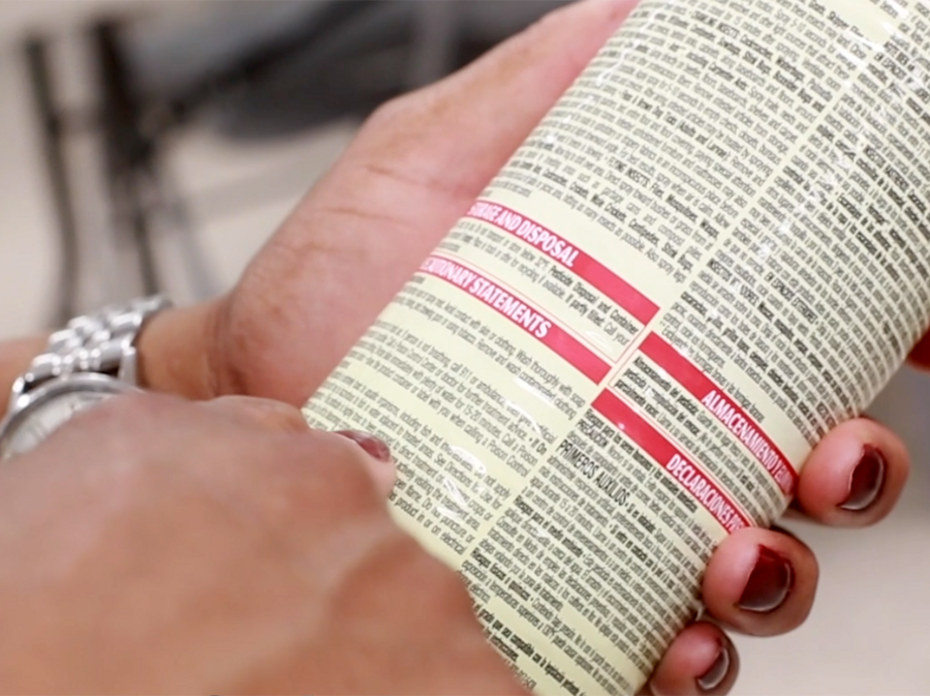
How to Use Pesticides Safely
Sometimes it is necessary to use a pesticide to rid your home of some uninvited guests. When using pesticides, remember to use them safely.